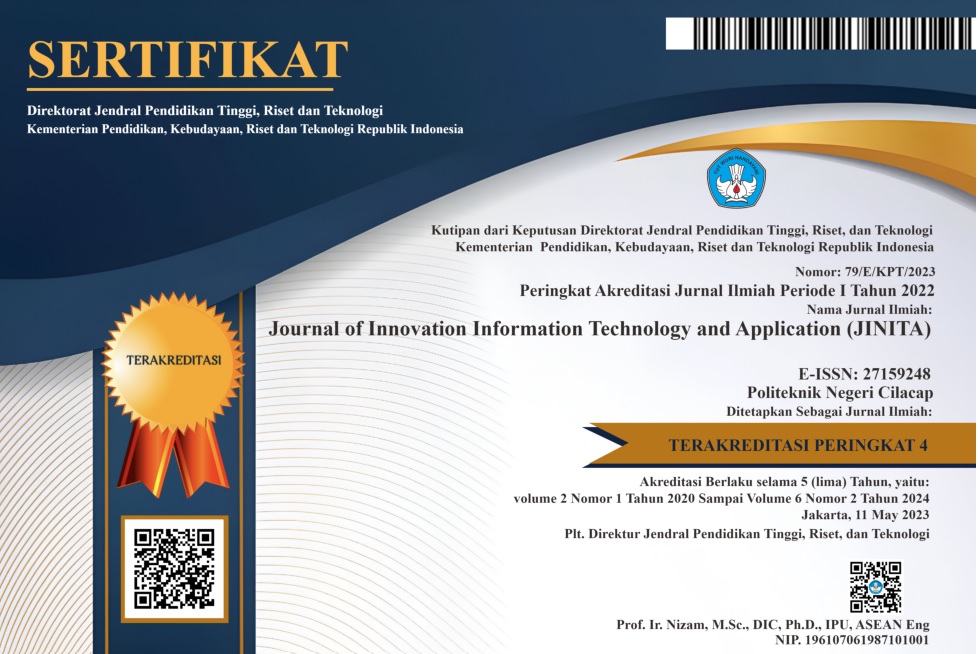Optimasi Penugasan Pegawai Menggunakan Metode Hungarian
 Abstract views: 661
,
Abstract views: 661
,
 PDF (Bahasa Indonesia) downloads: 756
PDF (Bahasa Indonesia) downloads: 756
Abstract
Various ways that companies use to minimize expenses, including maximizing available resources. The division of work is seriously handled aiming that each employee gets a maximum wage according to the work hours specified by the company. Completion of the Hungarian method that is the number of employees employed must be equal to the amount of work that must be completed then in the study the data source of seven employees and seven jobs resulted in a minimum total funding. Optimization is the process of optimizing available resources in order to get effective and efficient results. The Hungarian method uses rows and columns to be an effectiveness matrix until a single zero component appears in each row or column that can be selected as assignment allocation. The division of tasks is the maximum if the employee does one job in one time period. To minimize the budget expenditure for overtime salary payments, minimization of funding sources and time spent on completing work are carried out. The results of research using the Hungarian Method, obtain financing minimization with one employee doing one job. Order of optimization results of minimization of assignments III, VII, VI, II, I, V and IV.
Copyright (c) 2019 Journal of Innovation Information Technology and Application (JINITA)

This work is licensed under a Creative Commons Attribution 4.0 International License.
Authors who publish with this journal agree to the following terms:
- Authors retain copyright and grant the journal right of first publication with the work simultaneously licensed under a Creative Commons Attribution License that allows others to share the work with an acknowledgement of the work's authorship and initial publication in this journal.
- Authors are able to enter into separate, additional contractual arrangements for the non-exclusive distribution of the journal's published version of the work (e.g., post it to an institutional repository or publish it in a book), with an acknowledgement of its initial publication in this journal.
- Authors are permitted and encouraged to post their work online (e.g., in institutional repositories or on their website) prior to and during the submission process, as it can lead to productive exchanges, as well as earlier and greater citation of published work (See The Effect of Open Access).
















